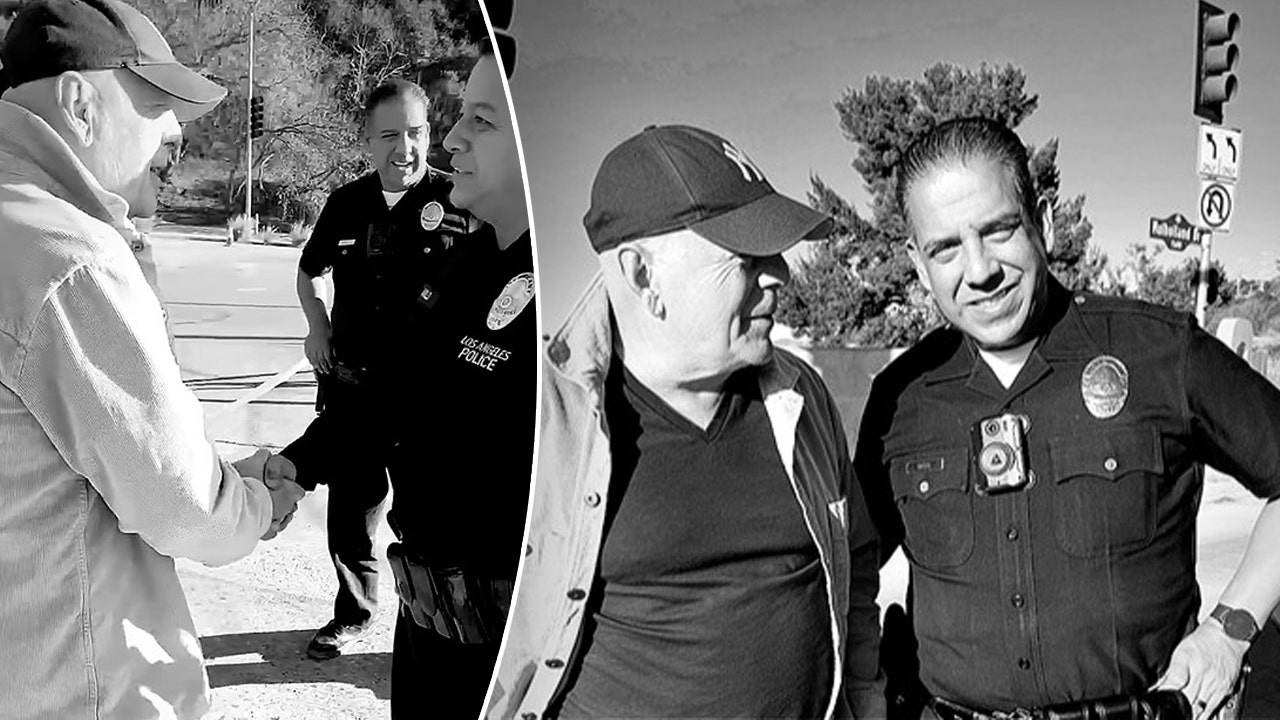“Photography is a small voice. I believe in her. If it is well conceived, sometimes it lets itself be heard”
(W. Eugene Smith, Paris: Photopoche)
Portraying injustices is not something new. From the early years of the 20th century to the present, many photographers have been concerned with leaving their testimony. But can you try to reform, to straighten out the world through a photograph?
You will be surprised by the number of photographers who have tried to persuade the need to change the reality that surrounds us with their images. In these cases, photography is intended to make amends, to denounce certain situations and to provoke responses.
From the world to utopia
The term documentary photography refers to images made with the intention of reflecting the world, respecting the facts and seeking veracity. Therefore, documentary photography is an image that confirms, that certifies an event and that is based on its ability to bring reality closer. This does not mean that the documentary photo is the whole truth, nor the only photographic possibility. Likewise, there must be a dissemination of these images, a public to which to question.
Utopian documentaryism is part of documentary photography, but it goes further. His photographs are taken with the intention of stating something, of showing reality, but not only, but rather they trust in the capacity of conviction that an image can have, its persuasive capacity to improve the world.
And why can a photograph reach us so much? On the one hand, the mechanical component of photography (the camera) makes the perceived facts more credible. On the other hand, photography is considered, socially, as more accurate. The photographer is oriented towards reality, obtaining an image that, due to its analogy with what is portrayed, will be synonymous with veracity. Added to this is the idea that in order to take that image, the photographer had to be an eyewitness, he had to be there.
The beginnings of documentary photography
The first images made with a camera were obtained almost two centuries ago. And since its inception, photography debated between being documentary, approaching reality and representing the facts, or artistic, expressing feelings and fabricating the scenes. That is, truth or beauty.
However, the documentary intention in photography did not emerge until the end of the 19th century and the first years of the 20th. The beginnings are located in New York, by the hand of Jacob August Riis (1849-1914) and Lewis Hine (1874-1940). Both took photographs of social themes with the ultimate intention of publicizing certain inequalities in order to reform them. It should not be overlooked that in these years the transition to an industrialized society was generating great inequalities.
In 1890 Jacob A. Riis, an immigrant of Danish origin, aware of the limits of the written word to describe events, began to take photographs showing the vulnerability and living conditions of urban immigrants.
A few years later he published in New York How does the other half live?. The book had great significance and generated an urban reform in less favored areas of the city, such as the construction of playgrounds or garden areas.
At the turn of the 20th century, Lewis Hine, the first sociologist to be heard with a camera, took photographs of immigrants arriving on Ellis Island, showing their adjustment to a new life. However, his most important works were on child exploitation in mines and textile factories. Thanks to these images, he managed to promote the Law for the labor protection of minors.
This intention of reform will be maintained in the 1930s, also in the US, through the Farm Security Administration – a set of reforms and subsidies approved during the Roosevelt government with the aim of alleviating the damage of the crisis of 29–. Within this program, a series of photographers were recruited to educate citizens, through images, of the need for said aid. Dorothea Lange, Walker Evans or Margaret Bourke-White, among others, stand out.
From documentary to photojournalism
After World War II, documentary photography lost some of its verve. However, photojournalism assumed its principles. The illustrated magazines, which were in full swing, were the ones that published topics of human interest.
Among the photographers of the end of the century we can highlight Sebastião Salgado (Brazil, 1944). His main work has focused on showing the suffering of human beings who are going through situations of exile, emigration, ways of working or the misery of certain communities. He shows Western audiences what life is like in places where our eyes cannot reach. Along the same lines as those who started this field, we can mention the Spaniard Gervasio Sánchez, with his long-term project mined livesor James Nachtwey, with his work in Afghanistan.
Today we can find photographers with the same concern who seek to persuade their contemporaries to change the world and mobilize consciences. In addition, it is already fully accepted that documentary filmmaking can present many possibilities and that it is not a closed formula.
Since the end of the 20th century, the meaning of the word documentary has been changing. Each time we find ourselves with a greater diversity of proposals, although all of them coincide in their confidence in the communication capacity of photography.
It can be affirmed that the documentary with the idea of improving and stimulating responses is still valid and working. There are still photographers interested in reforming and in persuading their contemporaries of the need to set the world right. Photographers for whom documentary photography remains synonymous with commitment and reform. In short, they have not given up on utopia.
However, if there is a photographer, there must also be an audience that recognizes these images as documents, that is capable of making a documentary reading, giving meaning to the images and acting accordingly.
Obviously, it will depend on each person and the vital moment in which they are. Also, not all of us will be affected in the same way. However, in the end, as individuals, if we feel challenged by these photographs and move, even a little, we can do a lot of good.
Beatriz Guerrero González-Valerio, Professor of Photography and Aesthetics, CEU San Pablo University
This article was originally published on The Conversation. Read the original.
hartford car insurance shop car insurance best car insurance quotes best online car insurance get auto insurance quotes auto insurance quotes most affordable car insurance car insurance providers car insurance best deals best insurance quotes get car insurance online best comprehensive car insurance best cheap auto insurance auto policy switching car insurance car insurance quotes auto insurance best affordable car insurance online auto insurance quotes az auto insurance commercial auto insurance instant car insurance buy car insurance online best auto insurance companies best car insurance policy best auto insurance vehicle insurance quotes aaa insurance quote auto and home insurance quotes car insurance search best and cheapest car insurance best price car insurance best vehicle insurance aaa car insurance quote find cheap car insurance new car insurance quote auto insurance companies get car insurance quotes best cheap car insurance car insurance policy online new car insurance policy get car insurance car insurance company best cheap insurance car insurance online quote car insurance finder comprehensive insurance quote car insurance quotes near me get insurance










